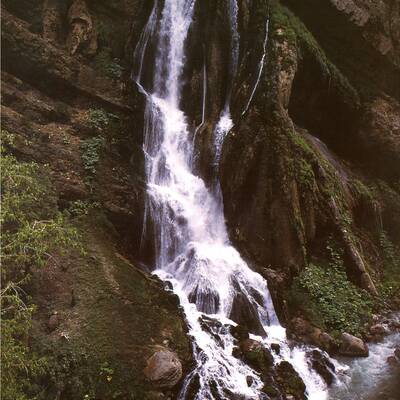
Kuhdasht Museum of Ethnography
One of the main features and purposes of the ethnography museums of each region is to identify the people’s types, faces, forms, the clothes they wore or wear, tools they use in everyday life, rituals, places and handicrafts of them. Kuhdasht Museum of Ethnography was established in 1387 SH inside a building located in 15 Khordad street in Kuhdasht city, Lorestan province.
The main goal of this establishment is exhibiting the life of Lor and Lak tribes who lived and still live in the region; Laks are one of the nomad groups distributed among Lorestan, Ilam, Kermanshah, Hamedan and Kordestan provinces. They are hardly distinguished from Kords and Lors because of their tied relationships along history. It is tried to exhibit the life of these tribes in different contexts and different climatic conditions in this museum. The scenes designed show the processes of life of these people from the birth, marriage, to death, as well as their lifestyle and everyday activities of women and men. In some scenes, the traditional occupations of Lorestan such as traditional forging, carpentry, traditional farming and its tools, making copper objects, making warsaw, black tent weaving and carpet weaving of Lorestan are exhibited.
The designer and sculptor of the museum of Kuhdasht is Mohammad Hossein Azadbakht. The main focus of this museum is the cultural totality of folks and the matter of immigration. The museum of ethnography in Kuhdasht has three main parts. In the first section a rural house in a snowy day is showed. The second part is dedicated to the migration of nomads in four seasons and a part of a rural house in the spring is the subject of the third part.
In addition to these three parts some other objects related to the people’s beliefs and culture are kept like evil eyes, prayers, birth and death tales, Quran boxes, cups, earrings, local cloths of men and women, hunting tools, manuscripts, incense-burners, penner and many more. In another part of the museum the everyday traditional activities of nomad people like cooking the local bread, hunting, music and local songs, local dance and the wedding ceremony are displayed.
